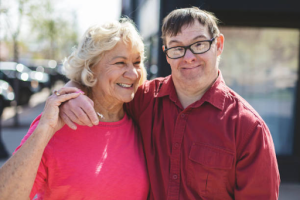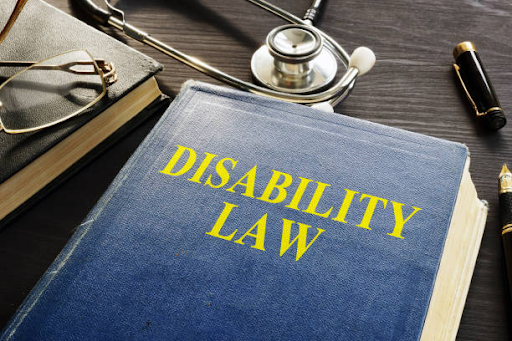Whether you are a person with a disability or you support someone with a disability, it’s important to understand what your rights are in Canada. This article will help you understand some of the laws that protect the rights of Canadians with disabilities, along with some of the barriers to full inclusion.
1.Accessibility for Ontarians With Disabilities Act
The Accessibility for Ontarians with Disabilities Act (AODA) is a non-discrimination law that protects people with disabilities. It also ensures that individuals with disabilities are treated fairly and enjoy equal opportunities. The AODA aims to make the province of Ontario barrier-free by 2025.
AODA is a provincial law that sets out accessibility standards for organizations and businesses. It is also designed to encourage organizations to exceed the standard.
AODA is also intended to improve the accessibility of websites. To do so, AODA requires that all websites meet certain standards.
These standards are aimed at identifying and removing barriers for people with disabilities. They are applied to five key areas of daily life: transportation, employment, housing, public spaces, and the internet. Depending on the industry, the standards vary.
2.Access to Information for Print-Disabled Canadians
Approximately three million Canadians have print disabilities. These are physical, visual, or learning disabilities that make it impossible for them to read standard print.
Access to information in alternate formats is necessary for these individuals to participate in the mainstream community. Often, these Canadians need assistive technology to help them access materials.
The National Network for Equitable Library Service (NELS) is a grassroots initiative to support libraries by providing equitable access to digital and print materials. NNELS empowers print-disabled patrons by offering on-demand and on-site accessibility services.
A pilot project for a Canadian national clearinghouse has been established. This pilot project will provide Canadian publishers, publishers, libraries, and other stakeholders with a means of distributing and sharing their materials. All participants will benefit from the pilot.
The Government of Canada is committed to helping Canadians with print disabilities to gain greater access to copyrighted print material. A new e-text clearinghouse will be implemented, in conjunction with the Council on Access to Information for Print-Disabled Canadians.
3.Accessibility for Television Stations Providing Captioning for Deaf and Hard-Of-Hearing Canadians
Television is an important source of entertainment for Canadians. It’s the primary source of news and information, and it helps to bring diverse perspectives to light. Captioning helps to make this content accessible to many.
The Canadian Radio-television and Telecommunications Commission (CRTC) is the arms-length quasi-judicial body that regulates all Canadian radio and television stations. Since its inception in 1979, the National Captioning Institute (NCI) has played a key role in promoting access to television programs for the deaf and hard of hearing.
Captioning has become a major part of the communications sector. In recent years, the CRTC has introduced a number of initiatives to ensure that it is available to all Canadians.
Closed captioning is a method that translates the spoken word into a series of text or images. This is particularly useful for hard-of-hearing and partially-sighted viewers, as well as those who are learning a new language.
Described video is another form of captioning, involving a narrator who describes the various video elements. CBC provides described videos to blind audiences, and all its in-house, information-based programs are also offered in this format. (rundmc.com)

4.Barriers to Full Inclusion
This study aims to identify barriers to full inclusion for people with disabilities in the performing arts in Canada. The paper draws on the views of disabled artists, performers, audience members, and other stakeholders. It investigates four key dimensions of social inclusion: representation, access, participation, and empowerment. In addition to these, the study also considers other factors that contribute to barriers to inclusion.
Inclusion is a process that involves the elimination of barriers to access.
Barriers to access include structural obstacles, such as inaccessible buildings and transportation systems, as well as interpersonal and communication obstacles, such as ignorance or discriminatory prejudice.
While some of these barriers can be addressed through increased funding, other issues need to be resolved with the help of Disability Lawyer Toronto.
For example, a lack of access to resources may prevent children with disabilities from gaining access to the programs that they need. Moreover, the lack of assistance from staff and carers can cause a person with a disability to feel as if they are burdened.








